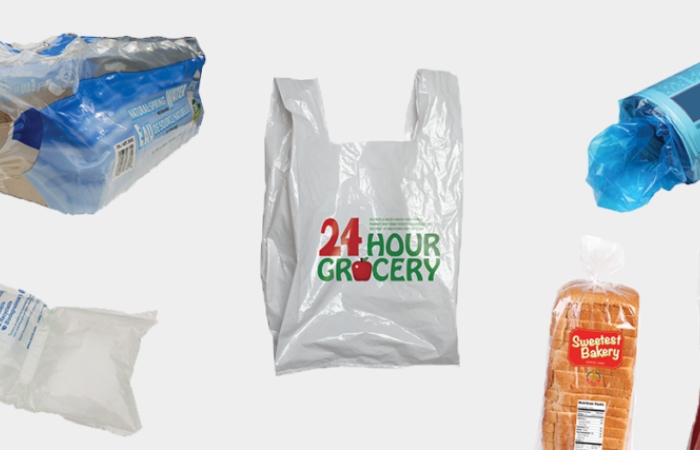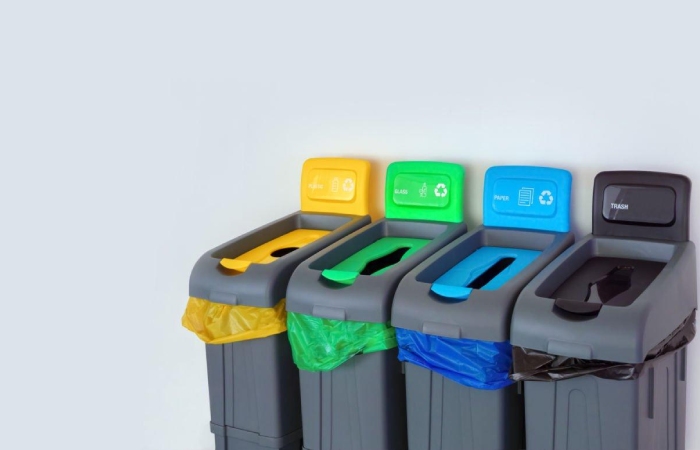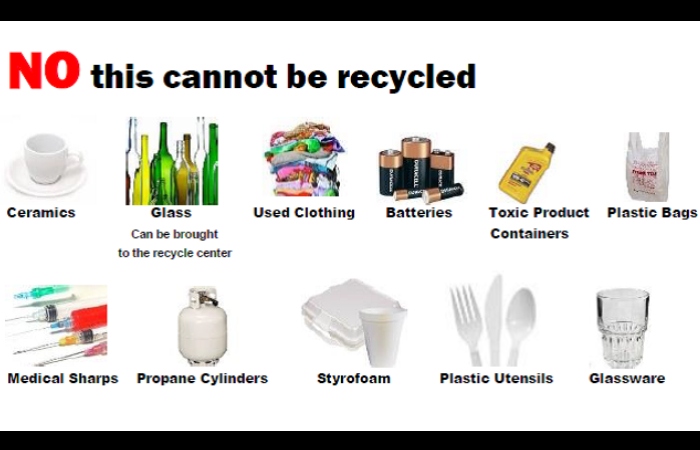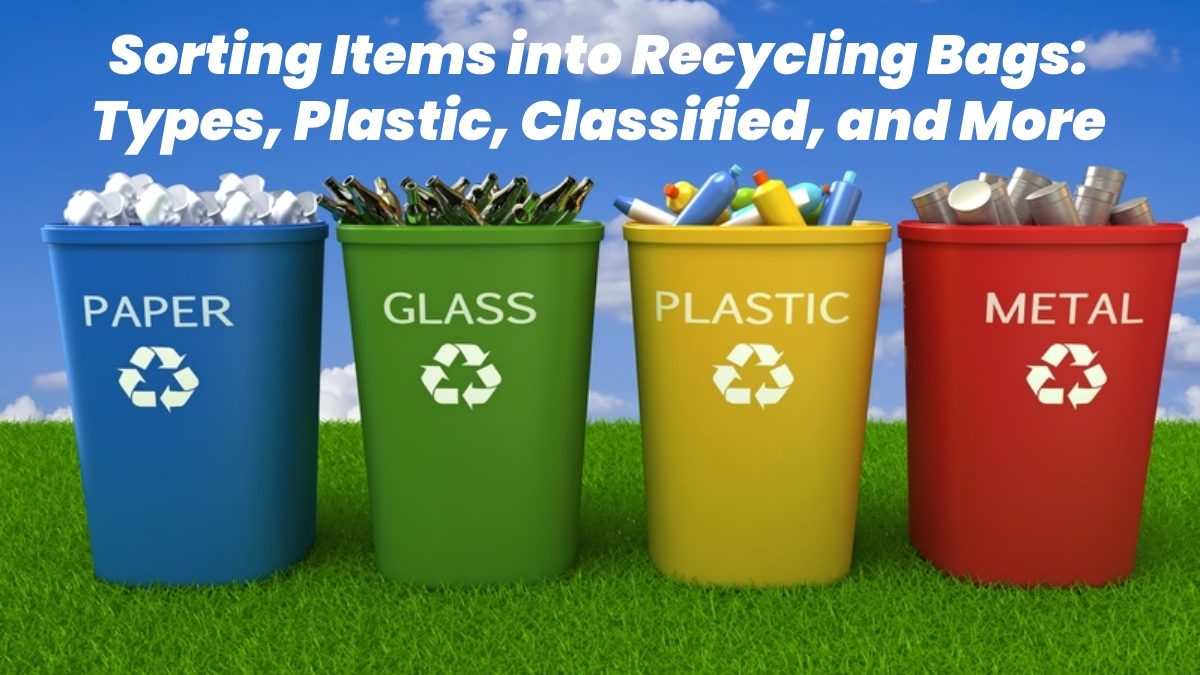Recycling bags are made from the same substance as all plastic: oil. Materials and products made from petroleum have two main disadvantages: significant pollution is released during production, and the product is not biodegradable.
In other words, it is difficult to produce and nearly impossible to dispose of once made.
According to the Natural Setting website, it takes 60 million and 100 million barrels of oil annually to produce plastic bags worldwide.
It will take about 400 years for them to decompose fully. Therefore, plastic bags are better recycled.
Table of Contents
Types Of Plastic Bags To Recycling Bags

Plastic is a resistant, light, and cheap material. It is easy to meld into a wide variety of products.
The manufacture and use of bags have increased in the last ten years. Therefore, its reuse, recovery, and recycling are essential.
You Can Recycle Packages Made From
1. Polyethene
Polyethene recycling is critical since it is non-biodegradable and easy to deploy.
It can be melted into a liquid, resulting in long-lasting, cost-effective, and ecologically beneficial goods.
Recyclable Polyethylene Includes Bags:
- To buy
- From under milk, kefir, etc.
- For trash
- All kinds of thin and very soft bags are made of low-density polyethene.
2. Cellophane
Cellophane is generally not recyclable, although it can be considered scientifically recyclable. The plastic bag breaks down naturally (because it is not plastic). Therefore, for disposal, it is better to put it in compost.
Cellophane production uses carbon disulfide and sulfuric acid, which can cause pollution. Therefore, limiting burst packets and making the most of each one is necessary.
3. Other Polymer Products
Of the film rummage sale to make plastic bags, four polymers are the most common:
- High-density polyethene (HDPE).
- Medium-density polyethene (MDPE).
- Low-density polyethene (LDPE).
- (LLDPE).
Home Package Removal of Recycling Bags
In addition to the fact that plastic bags can reused and used in the kitchen, at home, and in the garden, they can also recycle.
The result is the desired durable plastic sheets for crafts and other uses. The bags must pre-wash and dry. It is better to use HDPE bags; the color and patterns do not matter.
What Types Of Recycling Bags Exist?
Knowing the types of recycling is vital to start our ecological work and collaborate in caring for the setting.
Recycling is part of the 7Rs: solutions to a maintainable planet based on making 100% use of raw materials, optimizing their service, and being more well-organized in their production and use.
Recycling is critical for recycling used products, prolonging their lifespan, and conserving natural resources, and strongly believes in its relevance in safeguarding our future and way of life.
Types of Recycling Containers

Plastics, Cans, And Bricks
The yellow container is suitable for recycling the different types of plastics. But beware, not all plastic products go in this container!
We must deposit plastic bottles and containers, cans and bricks, plastic bags, milk cartons, cans, aerosols, etc.
Everything that wrap (such as toys, bottles, or plastic buckets) must deposit in the clean points.
A plastic bottle takes many years to degrade. Transforming it into another object and avoiding this waste of resources is as easy as depositing it in this container.
Paper And Paperboard
The blue container is suitable for paper and cardboard—for example, newspapers, boxes, bread bags, coffee cups, etc.
A prevalent mistake is to throw the bricks here -composed of cardboard, plastic, and aluminum – when they should deposit in the yellow container.
For recycling, the paper and cardboard transfer to the recovery plants, cleaned, classified, and pressed.
Once ready, they transport to the paper mill, where they transform into new reels that will become boxes, sheets of paper, newspapers, etc.
Did you distinguish that you can make a book with eight cereal boxes?
Glass
The green container is suitable for recycling glass, such as bottles, jars, and jars.
The most important thing when throwing objects in this garbage is not to confuse glass and crystal, two materials with very different compositions that process in the same way. In this post, we help you differentiate them to dispose of them correctly.
Food Scraps
Used food scraps, napkins, and kitchen paper have their rubbish: the brown or organic bin.
Although it does not exist in all Autonomous Communities, this container emerged for the organic recycling of food as a division of the grey.
All the deposited remains use as organic matter to make compost, which will use as a fertilizer and an energy generator. How is this transformation carry out?
The remains are taken to the com-posters, which are responsible for imitating the composting process of nature
Non – Recyclable objects In Recycling Bags

All waste that is not recyclable and cannot use as material for composting will be thrown into the gravy or leftover container. If it cannot deposit in any previous containers, it must go in the gravy one.
Many of the objects deposited in this bucket could repair or taken to the recycling point. Find out if any of your things had a different collection.
Some everyday products thrown in this container use tissues, diapers, pet litter, hair, dust, cigarette butts.
How Do Recycling Bags Classify Waste?
Waste separation is a way of seeing the world. It means seeing raw resources where others see waste.
It means a new life to domestic or manufacturing waste and inorganic waste such as organic, plastic, paper, or cardboard.
This way of looking at garbage serves to help solve environmental problems and reduce potential health risks.
The basis of the circular economy is separating waste, but how is it classified? What types of waste exist?
What Is The Difference Amid Garbage And Waste?
Typically, when we talk about garbage, we refer to waste that cannot use again. On the other hand, the term waste use to identify those materials that can reuse or recycle.
Waste Classification
There are three types of classifications for waste:
- According to its composition (containers, paper, cardboard, glass, etc.).
- According to their biodegradability (organic and inorganic).
- According to its origin (household, industrial, hospital, construction).
Classification of Waste According to its Composition
This classification is the basis of recycling. The waste group according to composition deposit in different containers, and then processed together.
Paper And Cardboard
This type of waste deposits in the blue container. Include objects such as newspapers, magazines, folders, or cardboard boxes.
Containers
These residues deposits in the yellow container. Cans, bricks, or plastic bottles are some examples of waste that should throw into this container.
Glasses
It also includes bottles, light bulbs, or other objects. And also, They deposit in the green container and should not confuses the crystal.
Other Waste
Metal, some types of plastic, wood, paint, and oil, among others, are waste that must treat in a specific way.
Generally, they can deposit in a clean point. And also, we must confirm that they accept the type of waste we want.
Conclusion
Since the birth of plastic, its shape and properties have to transform according to the user needs of each era.
Each type of plastic has different uses and contains other toxins. We give you the keys to distinguish them.

